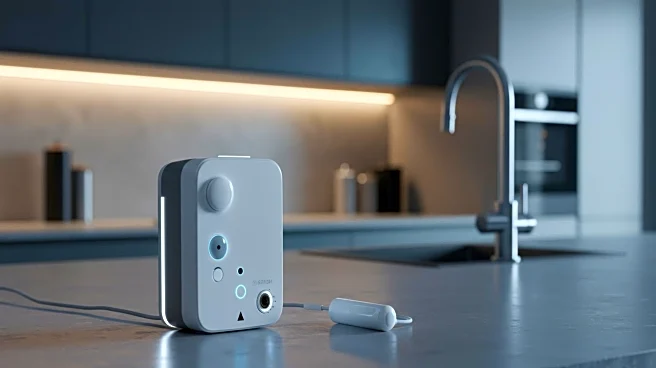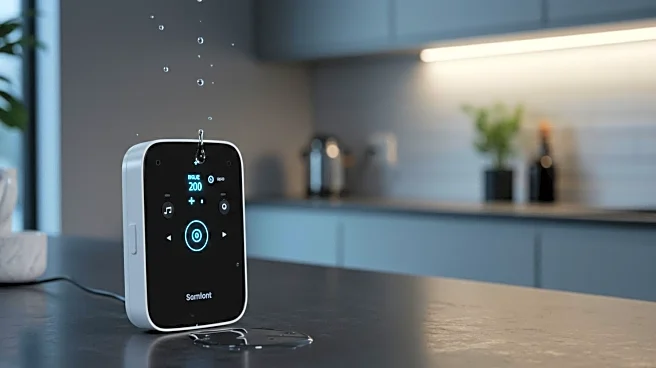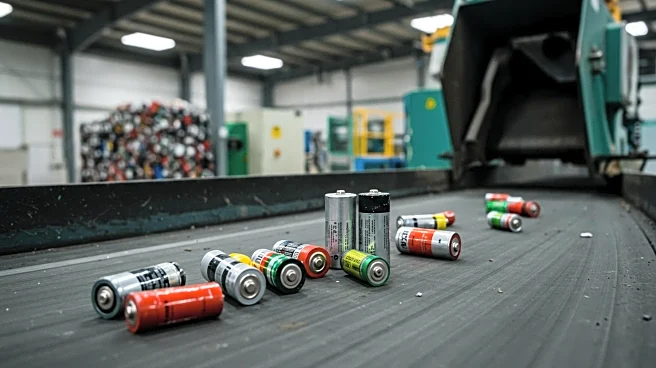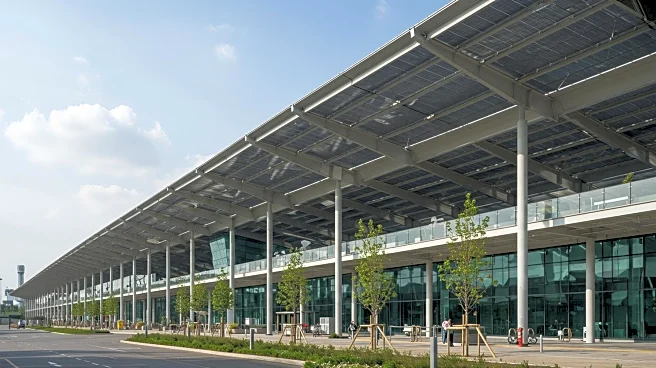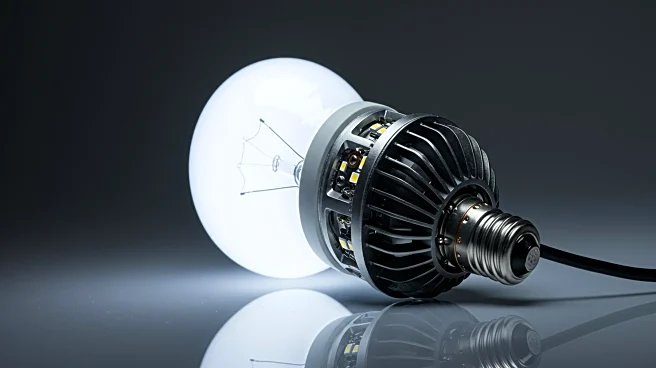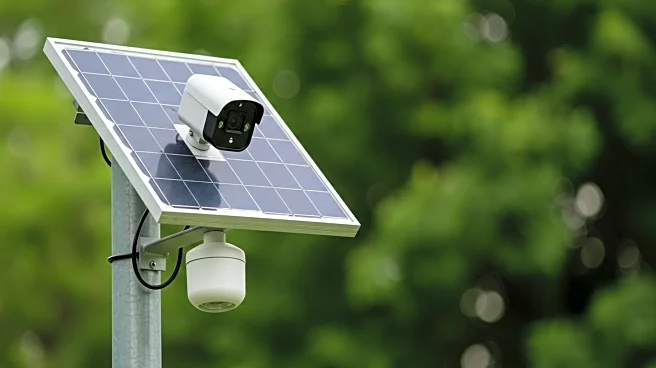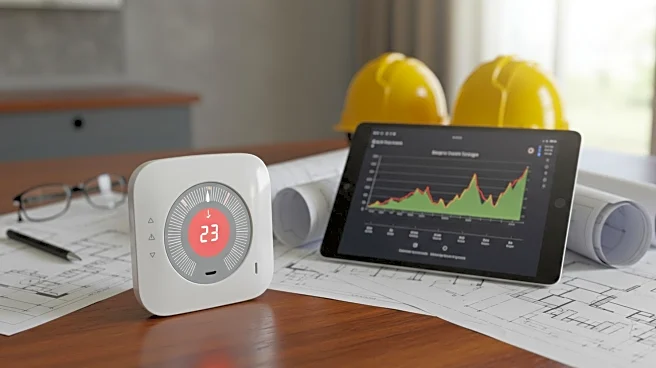Rapid Read • 9 min read
As technology advances, many homeowners find themselves upgrading to newer smart home devices, leaving older models unused. However, these devices can be repurposed for various innovative uses, extending their life and functionality. For instance, old security cameras can be transformed into wildlife watchers, providing live views of birdfeeders or salt licks. Similarly, outdoor cameras can be brought indoors to serve as nanny cams, monitoring cribs or pet beds. Smart displays, once central hubs, can be converted into digital photo frames, showcasing favorite albums. Additionally, smart plugs can be used as energy monitors, helping identify electricity consumption patterns. Wired home security systems can be retrofitted with smart upgrades, integrating them into modern app-controlled systems. These repurposing strategies not only enhance the utility of old devices but also contribute to sustainability by reducing electronic waste.
AD
Repurposing old smart home devices is significant for several reasons. It promotes sustainability by reducing electronic waste, a growing environmental concern. By finding new uses for these devices, homeowners can avoid discarding them, thus minimizing their environmental footprint. Economically, repurposing can save money, as it eliminates the need to purchase new devices for similar functionalities. It also provides an opportunity for tech enthusiasts to engage in DIY projects, fostering innovation and creativity. Moreover, these practices can enhance home security and energy efficiency, offering practical benefits without additional costs. As smart home technology continues to evolve, finding ways to extend the life of older devices becomes increasingly relevant, aligning with broader trends in sustainable living and resource conservation.
The trend of repurposing smart home devices is likely to grow as more homeowners become aware of the benefits. Companies may start offering more kits and solutions to facilitate these conversions, making it easier for consumers to upgrade their old systems. Additionally, there could be an increase in community sharing platforms where individuals exchange ideas and techniques for repurposing devices. As awareness spreads, educational resources and workshops might emerge, teaching people how to effectively retrofit and repurpose their technology. This movement could also influence manufacturers to design devices with longer lifespans and easier adaptability for future uses, promoting a circular economy in the tech industry.
Repurposing smart home devices touches on ethical and cultural dimensions, particularly regarding consumerism and sustainability. It challenges the notion of disposability in technology, encouraging a shift towards more responsible consumption. This practice can also foster a sense of community, as individuals share tips and collaborate on projects, building networks around sustainable living. Culturally, it reflects a growing awareness of environmental issues and a desire to contribute positively to the planet. Long-term, this trend could influence policy changes, advocating for more sustainable manufacturing practices and encouraging companies to support device longevity and adaptability.
AD
More Stories You Might Enjoy
